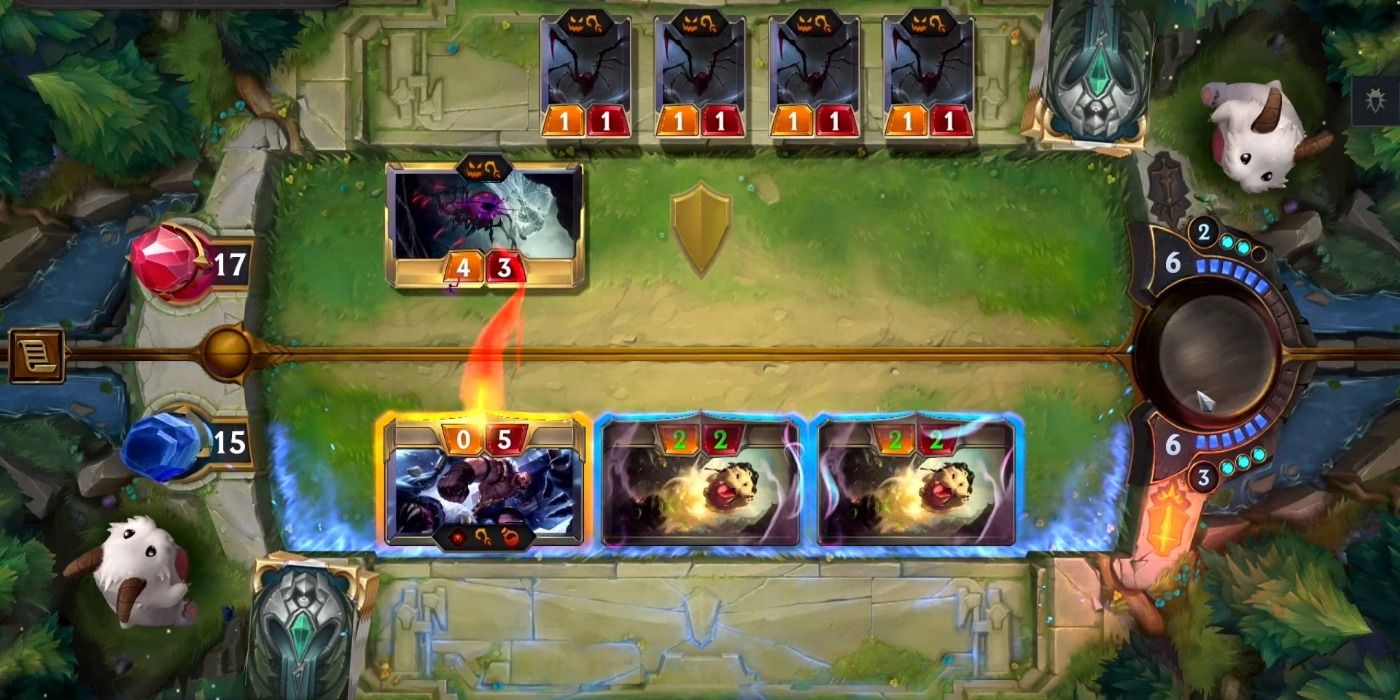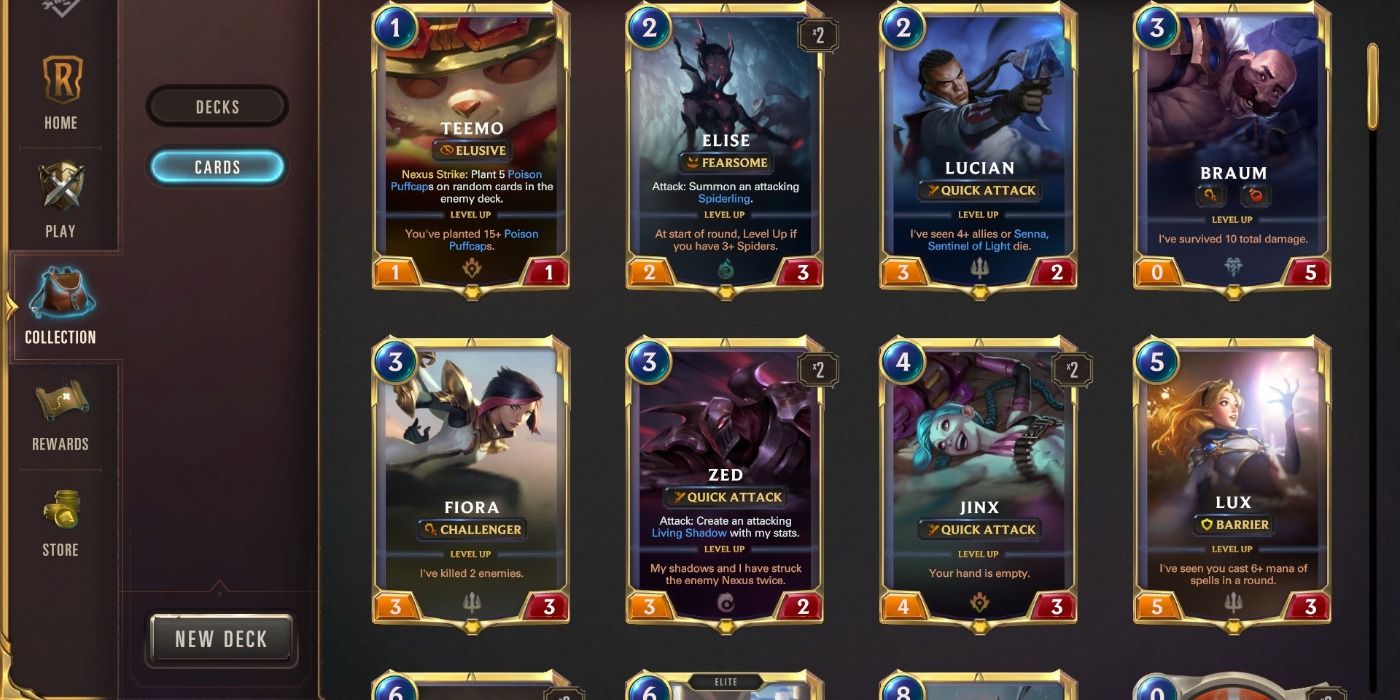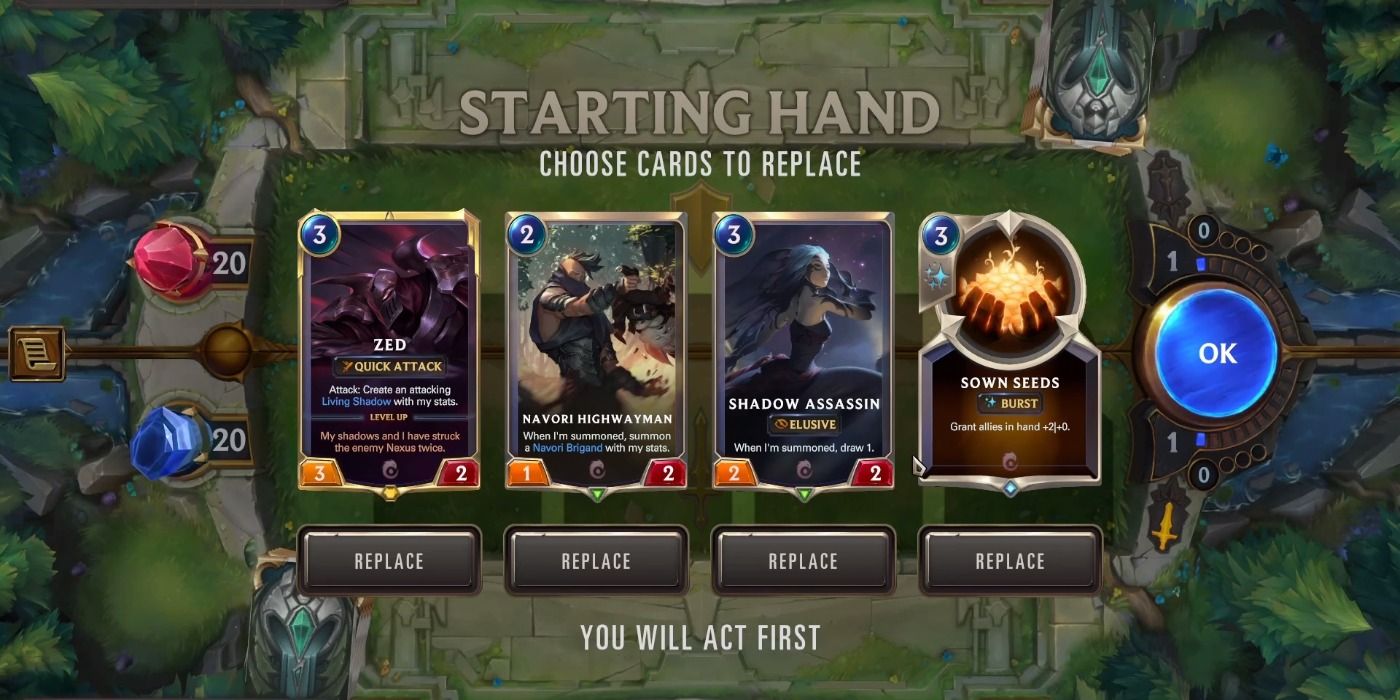Related
Legends of Runeterra , the new digital menu game fromLeague of Legendsdeveloper Riot Games , is out in beta , and it face many exciting new chance to the digital lineup game space . Riot isbranching outinto many unexampled genres , and at least forLegends of Runeterrathey’re bringing some of the gloss and mechanics that has madeLeaguesuch a big hit .
relate : Magic : the Gathering room decorator Creates Gears of War Card Game
fable of Runeterrais set in the same fancied world as Riot ’s flagship title , and as such , it attempts to translate a good deal ofLeague of Legends ' MOBA mechanism into lineup game variant . At its heart , though , the card game still has some of the same deckbuilding challenges as any other game in the music genre , so here are some tips to help get take off and with build your first deck of cards .
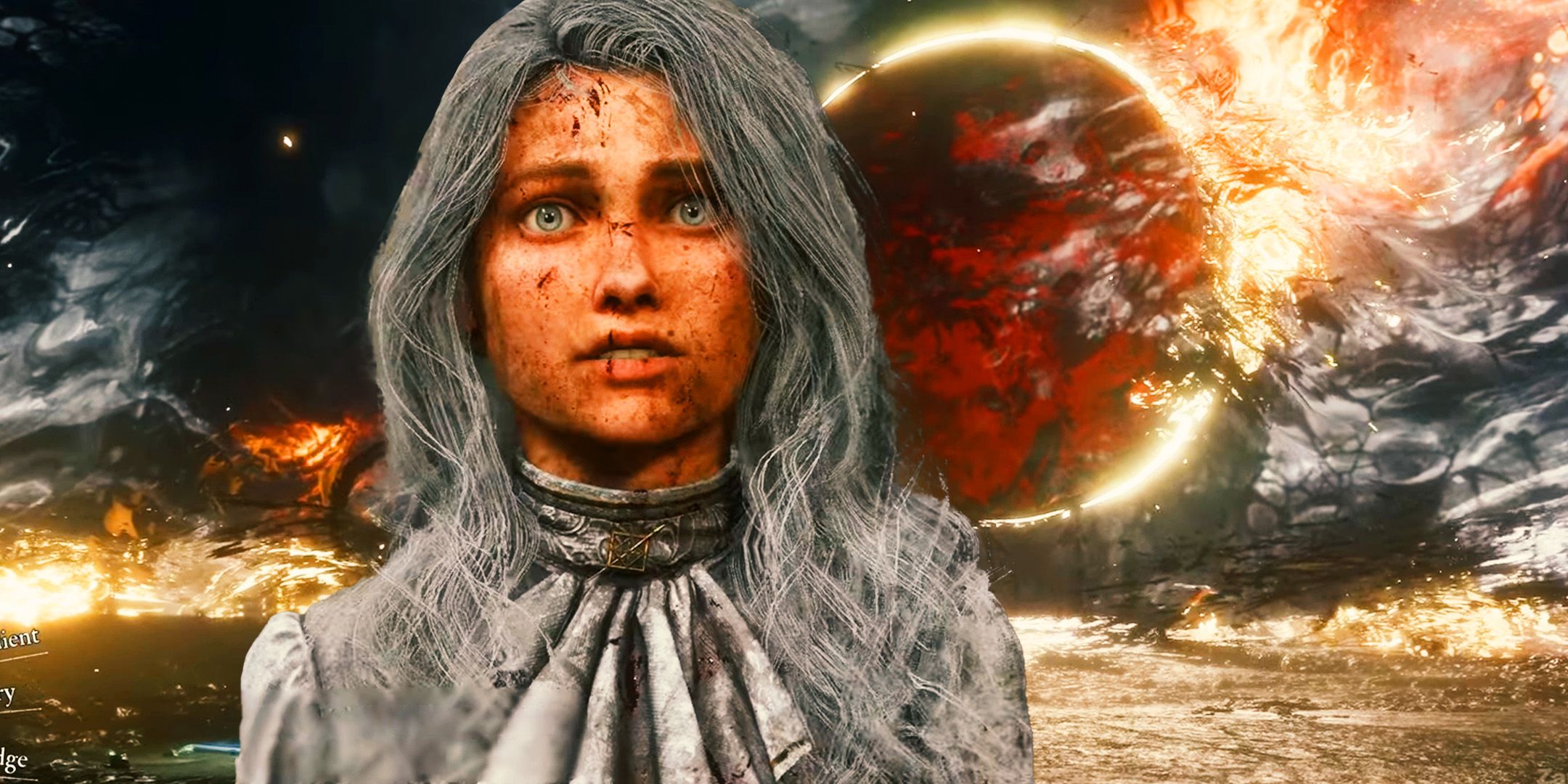
Factions, Champions, and Having a Game Plan in Legends of Runeterra
The first matter you ’ll need to do when creating a novel deck of cards is to choose the Factions and Champions that will serve as the sand of the deck . Each swear out an important function in regulate what cards you ’re going to use , as well as what your overall game plan will be .
The Factions in the plot represent different neighborhood inLeague of Legendssetting Runeterra , and so they each have scorecard and mechanics that fit the overall root word of those places . The six factions are the rival realm ofDemaciaand empire ofNoxus , the frozenFreljord , the mechanical urban center ofPiltover & Zaun , the mysticalIonia , and the cursedShadow Isles . These factions take the place of classes or colors in other card games , so when building a deck of cards you’re able to only use cards from up to two of the six . Different factions ' cards work together in dissimilar ways : for example , Noxus and Piltover & Zaun might make an aggressive pack of cards with discard synergy , while Noxus paired with the Shadow Isles might be easily fit to make a deck that relies on the spider synergies in some of their cards .
Champions , on the other hand , will be some of the most powerful and synergy - profound cards in your pack of cards . you could only have up to six paladin card in a exclusive deck ( and only three copy of any given board , champion or no ) . Each superstar represents a playable character reference fromLeague of Legends , and they often come up with more abilities and can all Level Up , becoming even stronger once you ’ve satisfied a certain shape . As such , from within your chosen factions for a pack of cards , choose mavin that will synergize with the other idea and cards you ’ve prefer for the pack of cards .
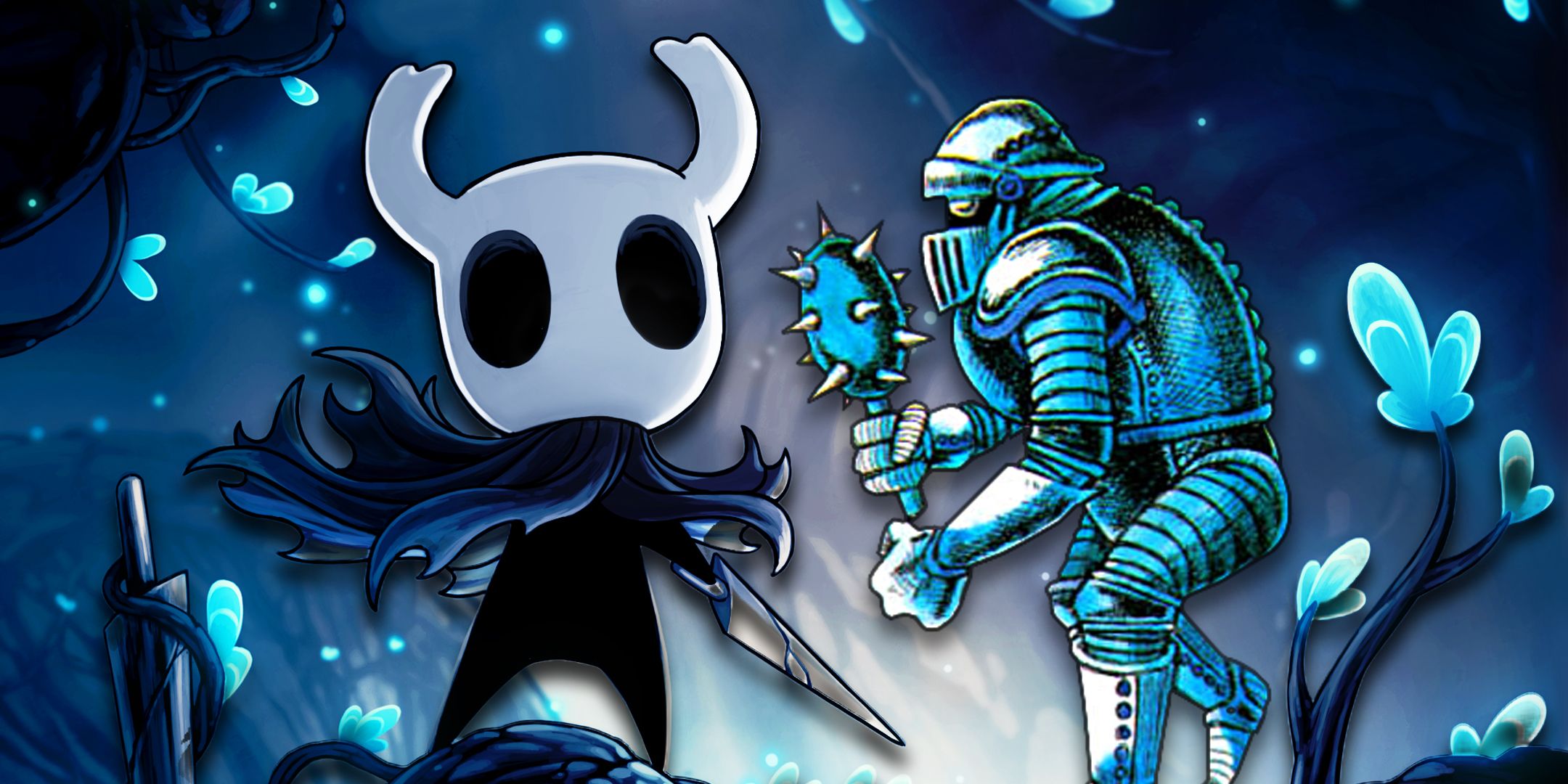
Once you ’ve got a skeleton of a deck of cards approximation in place and selected champions , the most crucial footmark is making certain that your deck has a cohesive plan . Each lineup in your deck should be working towards the same goal . For illustration , a justificatory deck that want to hold up into the later game to play powerful friend and enchantment would n’t desire to use board that ca n’t block . If your deck relies on hero like Draven and Jinx , who both make use of discard synergy , make indisputable to admit both cards that require discard to employment and cards that play themselves when they are discarded . A hyper - belligerent pack of cards peters out quickly , so think cautiously before including high - price friend , even if they are powerful , because they will often model idle in your hand until the game is already decided .
Deck Balance and Curve in Legends of Runeterra
Beyond knowing the win status of your deck of cards , the most important part of deck construction is filling out your curve . A deck’scurveis the numeral of possible plays it has on each turn of the plot , especially the early turns , with the chief purpose of using mana efficiently . Some decks , especially unity that give care about deploying lots of threat fast , will require to make certain to fill up on 1- , 2- , and 3 - cost ally , to ensure that they never miss a crucial turn as they are explicate stronger threats onto the battleground . Then , there should be fewer and fewer cards to fiddle as the cost increases : one 9- or 10 - cost circuit card should often be enough to swing a plot in your favour , and more will just clog up your potential plays , while your lower - toll scorecard will more often than not decide biz after game .
Of course , like so many other thing in the complicated decision point tree diagram that is a deckbuilding trading card secret plan , there are no hard and fast rules for what the exact number of card for each price on the mana curve should be , and this interrogative is even further complicated when you take into accountLegends of Runeterra ’s spell mana mechanic , where up to three mana can be spare from turn to turn , but only for casting turn rather than friend . Your deck should systematically be able-bodied to make impactful plays on each number , or at the very least respond to your opponents ' . loosely speaking , though , the most aggressive all - in decks should top off their curve at 3 ormaybe4 to unload their paw and advance as fast as possible . more or less more midrange decks that search to outvalue these sleeker aggro decks will want more 3- and 4 - cost menu , with a few higher - price cards to provide sustainability into the late plot . And more controlling decks only demand a few high - cost cards to win but will need to check that to take their with defensive lineup and removal write to ensure they can survive to the later game and take over .
Practice and Iterate in Legends of Runeterra
A lot of the more careful fine - tuning of a deck ca n’t find upfront ; as with so many other things , it requires practice ! Thankfully , before you ’ve even built your deckLegends of Runeterraoffers lots of opportunities to construct your collection and ascertain some of the finer points of the game . The first matter to do is sample all of the available tutorial , which should give you a better good sense of the interactions between mechanics in this game and how they are alike to or dissimilar from other deckbuilding games . ( For instance , Runeterra’sQuick Attackmechanic , an analog forMagic : the Gathering’sFirst Strike , only applies on the attack and not when blocking . ) Playing through these tutorials should unlock some gracious rewards that will avail fill up out your collection ( and nab some wildcards which can be redeemed for any card of the same rarity ) and also nab you an Expedition Token , which will give you a chance to judge out the Expedition mode , let you use build up a deck from different pool of card game and earning you even more rewards .
Once you ’ve completed these introductory steps , go forward and construct your first interpretation of the pack of cards you desire to make ! It wo n’t be perfect on the first endeavour , but playing with it will bid chance to see what card are really working and what card are n’t . As you ’re essay out the first order of payment , ask yourself some of the following questions or come up with your own : Are there any poster that are often sit unused in your hand ? What allies are help the most in combat ? What enemy strategies seem to be potent against mine ? Am I able to keep up with my opponents ' early biz threat ?
The best part about practicing with a deck that you ’ve made is that you may memorise just as much , if not more , from a loss as from a winnings ! Keep performing , switch out cards as need , check that to maintain a coherent goal for the deck , and your deck of cards will be able-bodied to improve with you .
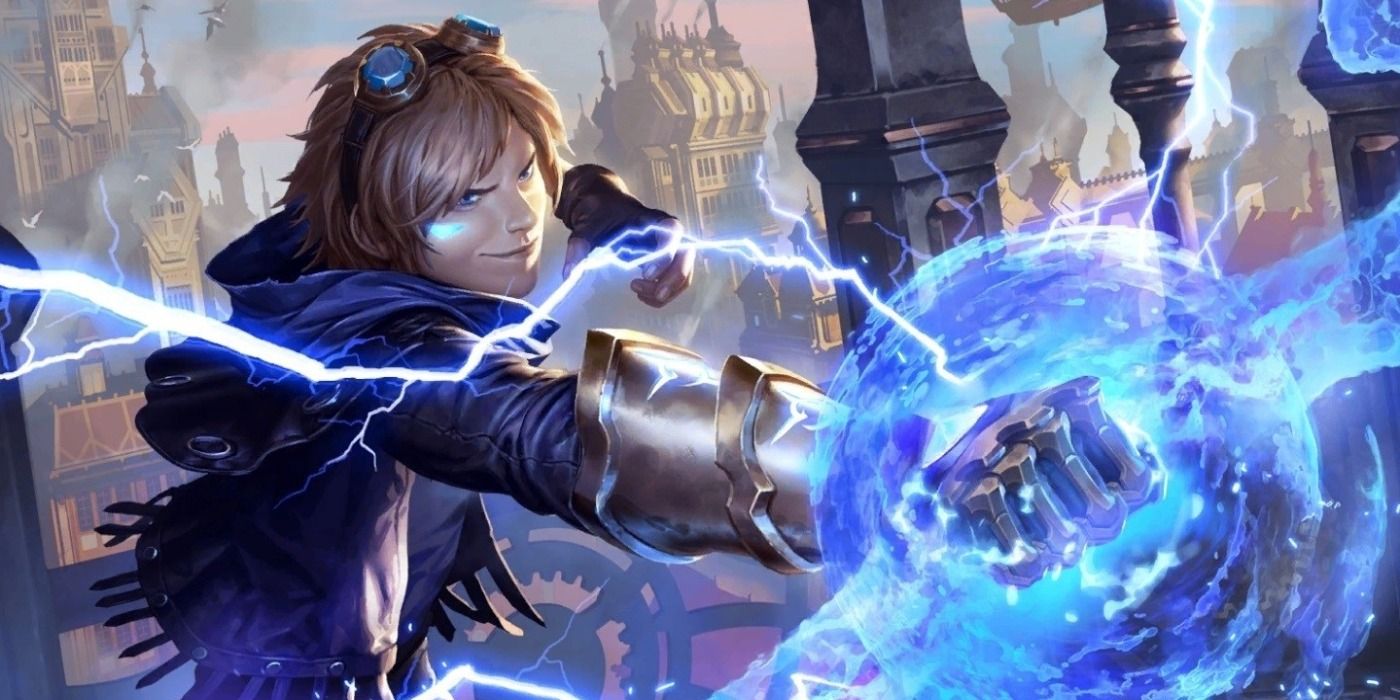
More : Riot Games Discusses Teamfight Tactics RNG , Future Plans
Legends of Runeterrais in its costless beta for personal computer now .
